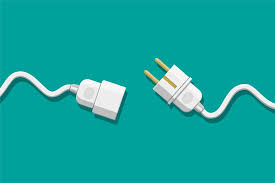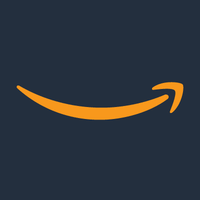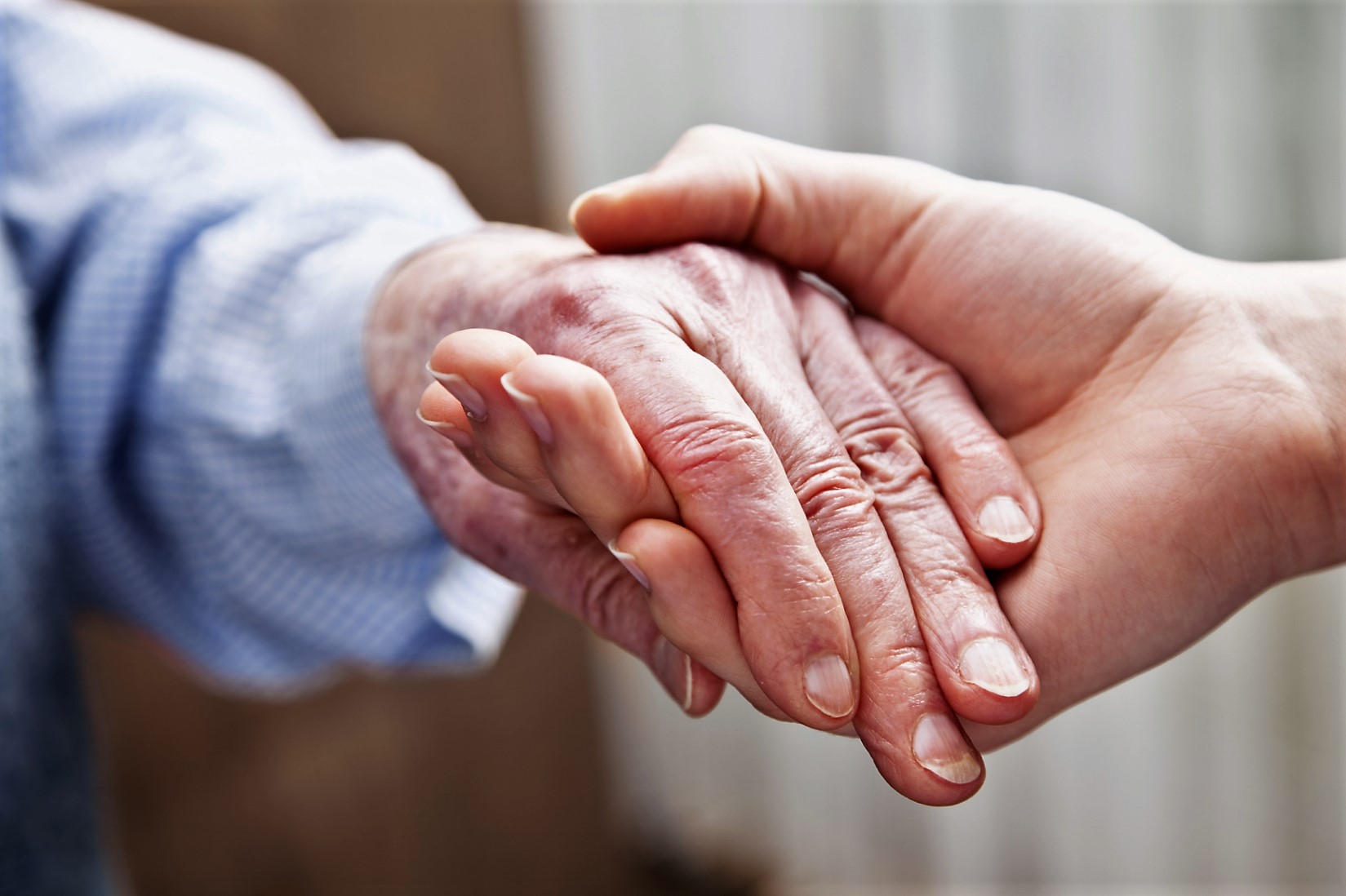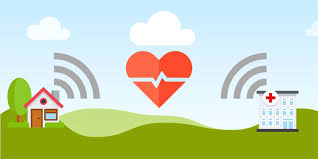 Looking ahead to 2021 -- pre-CES, what trends will persist? So that's just about enough of 2020 -- a year worth putting behind us, if ever there was one. Much creativity and stopgap solutions were the signs of the Covid-19 times. There was an awakening about older adults as targets of ageism and victims of social isolation, true. But there was also an awakening to the significance of aging in place, the investment category of older adults, the market power of older adults, including the 65+ population of 54 million. And who knew that the fastest growing subsegment was those aged 80+? Innovators in 2020 helped mitigate social isolation, enable in-home strength training for seniors, provided the tech mechanics (regardless of infrastructure) to connect older adults to families? All that and more make up the new entrants in the 2021 Market Overview of Technology for Aging, to be published the week of January 11. Some of the key trends:
Looking ahead to 2021 -- pre-CES, what trends will persist? So that's just about enough of 2020 -- a year worth putting behind us, if ever there was one. Much creativity and stopgap solutions were the signs of the Covid-19 times. There was an awakening about older adults as targets of ageism and victims of social isolation, true. But there was also an awakening to the significance of aging in place, the investment category of older adults, the market power of older adults, including the 65+ population of 54 million. And who knew that the fastest growing subsegment was those aged 80+? Innovators in 2020 helped mitigate social isolation, enable in-home strength training for seniors, provided the tech mechanics (regardless of infrastructure) to connect older adults to families? All that and more make up the new entrants in the 2021 Market Overview of Technology for Aging, to be published the week of January 11. Some of the key trends:
AI is behind the scenes -- everywhere. The availability of a growing trove of data about our behavior has enabled the ever-smarter world of voice interactions and sensors. But the accumulation of this behavior information over time enables analytics that will augment simple monitoring and alerts. Pattern analysis, dashboards, and predictive analytics have permeated tech innovation for years, including healthcare, but have been slow to enter the world of caregiving for older adults. That is changing – and new entrants offer tools that learn patterns of behavior to alert about issues that caregivers need to address. In 2021, this Internet of Behavior will emerge as a trend that serves older adults and those who care for them.
Wearables became more visible – enabling PERS on the wrist. Today, 30% of the PERS industry is mobile, validating the emergence of wearables other than pendants to take out and about. While Philips auctions its innovation-free Lifeline business – others offer caregiver watches that provide a less visible, more useful safety alternative when living alone, walking the dog, or afraid of falling. BellPal, Freedom Guardian, Bay Alarm Medical, UnaliWear, HandsFree Health, FallCall Lite (Apple) – connect to a required response center.
Voice first technology – in everything. In 2020, Voice First category of technologies moved far beyond smart speakers and voice assistants. Every brand now has an opportunity to have its own voice with voice cloning. Speaking to your car (Hey Mercedes!) is a requirement and the brands will make it so, even without connecting your phone. Expect moving forward that older users to be willing to trade concerns about privacy via an always-listening device against ease of interaction with voice assistants everywhere. However, 2021 will produce progress in multi-wake word detection, even a bit of interoperability across platforms.
Amid market disruption, hearables market begins to resonate – and grow. The hearing technology market is seeing disruption from multiple angles. Smart hearables were news at CES 2020, including AI-enabled hearing aids with fall detection, better and adjustable noise cancellation – especially interesting for older adults in noisy restaurants. Add integration with voice capabilities like Siri, Google Assistant, and Alexa and the ability to stream audio content directly to in-ear devices. With the introduction of Over-the-Counter Hearing aid sales (and recommended guidelines), coupled with the beginnings of insurance reimbursement, those with mild-to-moderate hearing loss are likely to benefit from many of these changes.
[Please join me on January 14 at 1:00 pm ET for a live virtual panel "What Should be Next for Remote Care?" including executives from Microsoft, VitalTech, Honor, and OneClick.chat.]
from Tips For Aging In Place https://www.ageinplacetech.com/blog/selected-tech-trends-upcoming-2021-market-overview
 Once upon a time, a new technology user interface was mostly just annoying. It’s almost quaint to look back at what we complained about – though some of the famous user interface disasters are well-described in a Scientific American article –
Once upon a time, a new technology user interface was mostly just annoying. It’s almost quaint to look back at what we complained about – though some of the famous user interface disasters are well-described in a Scientific American article –  Long ago in a city far far away, there was CES 2020. It was filled with tech from wall-to-wall and bus ride to bus ride.
Long ago in a city far far away, there was CES 2020. It was filled with tech from wall-to-wall and bus ride to bus ride.  A hot topic now – crossing the so-called ‘Digital Divide’. It’s ironic – the topic has
A hot topic now – crossing the so-called ‘Digital Divide’. It’s ironic – the topic has  November reveals a growing sense of urgency about older adults. What has been the impact on them of the daily onslaught of Covid-19 statistics? What about Nine months of ceaseless updates about case counts? Has this produced a permanent fear of contact with others, including families,
November reveals a growing sense of urgency about older adults. What has been the impact on them of the daily onslaught of Covid-19 statistics? What about Nine months of ceaseless updates about case counts? Has this produced a permanent fear of contact with others, including families,  November – the month for giving thanks -- remotely. It was a strange Thanksgiving for many – staying (stuck?) in place with Zoom, FaceTime -- and few place settings. Worse, for many older adults, isolation is a worsening health issue that we will hear more about as shutdowns continue and shut-in becomes the virtual norm. In November, a long report (the
November – the month for giving thanks -- remotely. It was a strange Thanksgiving for many – staying (stuck?) in place with Zoom, FaceTime -- and few place settings. Worse, for many older adults, isolation is a worsening health issue that we will hear more about as shutdowns continue and shut-in becomes the virtual norm. In November, a long report (the  A year that saw little travel but it was a good time to write. Most would agree that this year was not what we expected. Instead of continuing with business and event travel into March, HIMSS was canceled at the last minute and
A year that saw little travel but it was a good time to write. Most would agree that this year was not what we expected. Instead of continuing with business and event travel into March, HIMSS was canceled at the last minute and  It’s already been a big year for new Amazon offerings that could benefit older people. This month’s most obvious change was the introduction of
It’s already been a big year for new Amazon offerings that could benefit older people. This month’s most obvious change was the introduction of  Technology was essential for many adults stuck at home during the pandemic, providing some social connection, access to online shopping, home delivery services, and requests for transportation. But it also became apparent that some
Technology was essential for many adults stuck at home during the pandemic, providing some social connection, access to online shopping, home delivery services, and requests for transportation. But it also became apparent that some 
 What’s up with investing in home care and technology? Some recent announcements offer almost the same level of overheating investment that the
What’s up with investing in home care and technology? Some recent announcements offer almost the same level of overheating investment that the  What is the status and future of remote care technologies? As the research interviews for the 2020 report “Future of Remote Care Technology and Older Adults” wind down, a few themes become apparent. This work
What is the status and future of remote care technologies? As the research interviews for the 2020 report “Future of Remote Care Technology and Older Adults” wind down, a few themes become apparent. This work